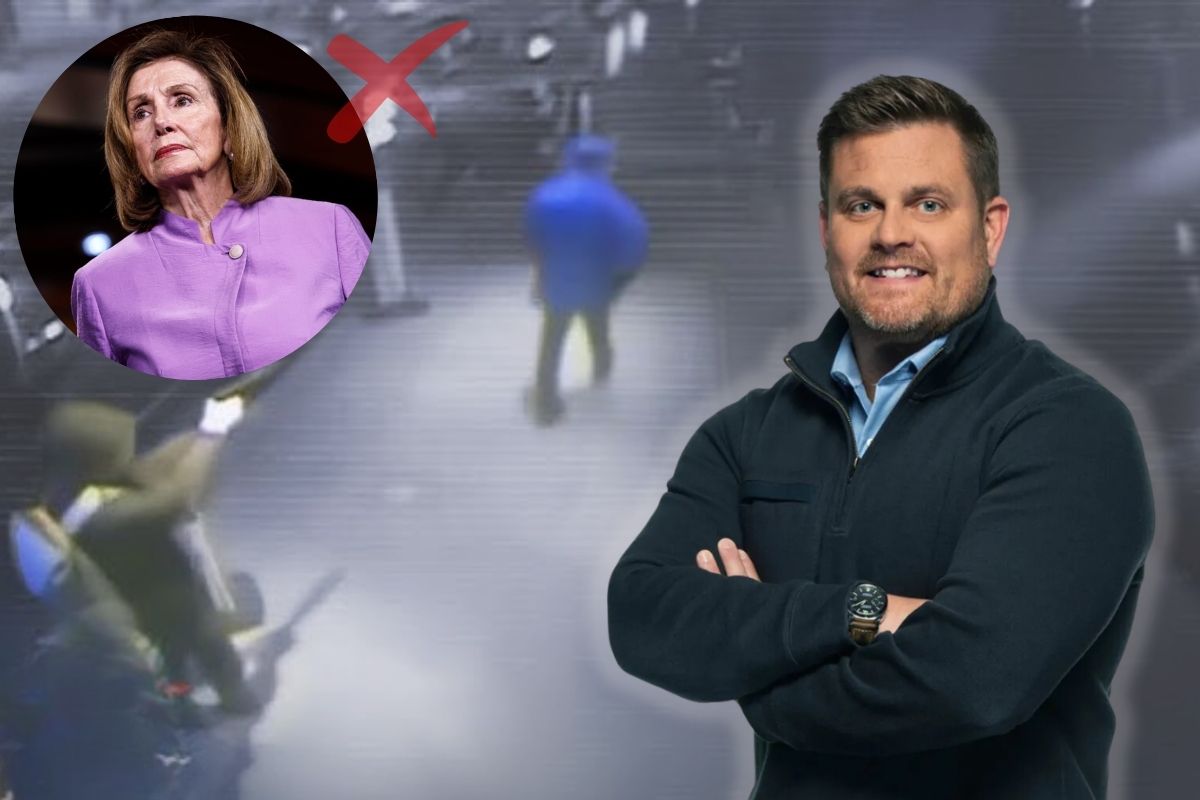Fake News Linking Nancy Pelosi to Brian Thompson’s Murder Exposed

UnitedHealthcare CEO Brian Thompson was shot and killed in New York on December 4. This caused a lot of fake information and cruel comments to spread on the internet, which could not be stopped. Social media sites made it easy for hate speech and conspiracy theories to spread, which shows that there isn’t good content control in the digital world.
“As much disagreement as there is about what content, if any, should be moderated—at the top of most peoples’ list would be ‘explicit threats of violence.’” said Jonathan Nagler, co-director of New York University’s Center for Social Media and Politics.It is very easy for violent posts and crazy ideas to spread on social media, which is a terrible sign of how badly content control has failed.
How Fake News and Conspiracy Theories Go Viral
The fake security company Cyabra found hundreds of accounts on Elon Musk’s X (this used to be Twitter) and Meta’s Facebook that spread false information about the case after Thompson was killed. One of the most common false claims was that Thompson’s wife was involved because of supposedly marriage problems.
Another idea said that former House Speaker Nancy Pelosi planned the murder, which was not true. Famous people with a lot of followers, like the right columnist Matt Wallace, spread these lies to millions of people. NewsGuard, a group that looks for false news, also found a fake video that said Thompson admitted to working with Pelosi.
View this post on Instagram
The video actually showed a different Brian Thompson from 2012. After that, he told X that he wasn’t the CEO of UnitedHealthcare. Though, the false claim got a lot of views, while his post to explain it only got 150.
Read Also: Travel Nurse John Mugo
Growth of Unchecked Hate and Rising Online Threats
As soon as people started to complain about the healthcare business, they started making direct threats against the heads of insurance companies. People used hashtags like “#CEOAssassin” a lot, and some asked in a scary way, “Who’s next after Brian Thompson?”
Threats of violence were made against Blue Cross Blue Shield, Humana CEO Jim Rechtin, and UnitedHealth Group CEO Andrew Witty. This showed how dangerous it is for hate speech to be allowed online without being monitored. Dan Brahmy, CEO of Cyabra, said, “The danger is clear: hate and false information can spread to real life if they are not stopped online.”
How Companies Are Increasing Security
As threats against leaders have grown, US companies are said to have made offices and homes safer. As a safety measure, senior leaders have been told to delete their digital traces. However, social media sites have mostly kept quiet about the threats that are spreading on their networks, refusing to answer questions about them.
Meanwhile, Luigi Mangione, the Ivy League graduate who is accused of killing Thompson, has been praised in some online communities. This shows what Brahmy called the “alarming power of unmoderated social media” to change reality and praise violence.
Social media users have shared a video that they claim features UnitedHealthcare CEO Brian Thompson bragging about having Nancy Pelosi “working for us.”
These claims are false. The viral video is of a different chief executive with the same name. https://t.co/ZoeVGwfwSV
— The Dispatch (@thedispatch) December 10, 2024
Misinformation and the Challenges of Content Moderation
The Brian Thompson case shows how the United States is still in the middle of a political fight over content control.Many conservatives call efforts to control content “censorship,” but because they don’t have enough control, harmful content has been shared openly on sites like X.
It’s worse now that big tech companies have cut back on trust and safety teams. A spokeswoman for Nancy Pelosi denied that she had anything to do with Thompson’s death and said there was no proof that she was involved or that Thompson was going to speak against her.
In the same way, claims that the case was linked to the cancellation of hospital debt in North Carolina were shown to be false. The misinformation surrounding Brian Thompson Nancy Pelosi underscores the rapid spread of unverified claims and the dangers of digital disinformation.
Read More: Dee Dee Blanchard Released Photos
Why Digital Accountability is so Important Right Now
The events that followed Brian Thompson’s death are a sharp warning of how dangerous false information is, how it can lead to radicalization, and what happens when content control is weak.
The chance of harm happening in real life will only rise if social media sites keep letting violent speech and conspiracy ideas spread without being checked out. The misinformation surrounding Brian Thompson Nancy Pelosi further highlights this issue.
To solve these problems, we need to find a careful balance between free speech and public safety. This is a problem that the tech industry and lawmakers need to solve right away.
SHARE
Stay in touch
To be updated with all the latest news, offers and special announcements.







